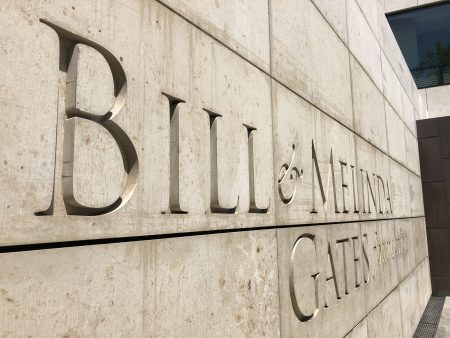A home equity line of credit (HELOC) is a revolving credit line that you can borrow from to reach personal or financial goals, such as consolidating high-interest debt or funding home improvement projects. To tap into your home’s equity with a HELOC, you need to have at least a 15% to 20% ownership stake in your home. Since your home serves as collateral for the loan, you risk foreclosure if you’re unable to pay off your debt. HELOCs and home equity loans are both good options for homeowners in need of cash, with more affordable interest rates compared to personal loans or credit cards.
HELOCs usually have variable interest rates that change alongside market fluctuations, as opposed to fixed-rate home equity loans. The rates for HELOCs have risen noticeably since 2022 in response to a series of interest rate hikes by the Federal Reserve. However, there seems to be stability in the HELOC rates for the time being as the central bank may not start cutting interest rates until later in the summer. This makes variable-rate products like HELOCs more attractive as borrowers can benefit from rate decreases without the need to refinance.
To qualify for a HELOC, homeowners need to meet specific criteria such as having a minimum of 15% to 20% equity built up in their home, a good credit score of at least 620, proving adequate verifiable income, and having a debt-to-income ratio of 43% or lower. The application process typically includes gathering financial documentation, proof of income, and a new home appraisal to assess the current market value of the property. Lenders calculate the loan-to-value ratio to determine the borrowed amount, generally allowing borrowing up to 75% to 90% of the home’s value, minus the outstanding mortgage balance.
Before applying for a HELOC, it’s essential to compare multiple lenders based on factors such as interest rates, fees, draw and repayment periods, and loan terms. Some factors to consider when evaluating offers include the introductory rate period, maximum interest rate cap, minimum withdrawals, and overall costs associated with the loan. Other home equity financing options include home equity loans, cash-out refinances, and personal loans, which vary in terms of how the funds are accessed and repaid. Overall, a HELOC can be a valuable financing option for large expenses or ongoing financial needs if the borrower can manage the risks involved.
In conclusion, a HELOC is a versatile way to access your home’s equity for various expenses, but it comes with risks as the loan is secured by your property. By understanding the rates, terms, and qualifications needed to secure a HELOC, borrowers can make informed decisions about their financing needs. Comparing multiple lenders and understanding the differences between a HELOC and other home equity loan options can help borrowers find the best solution based on their financial situation and borrowing requirements.















